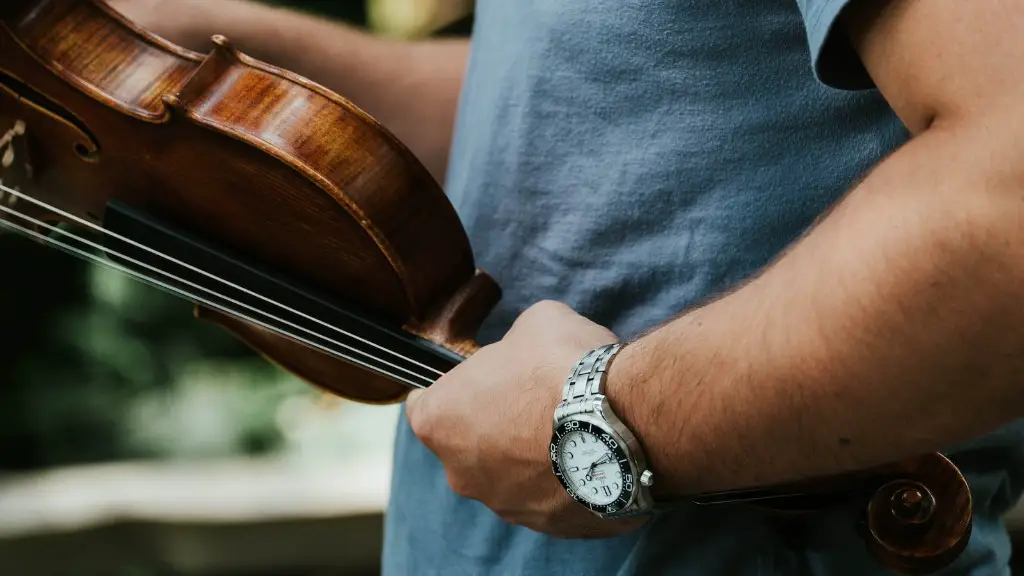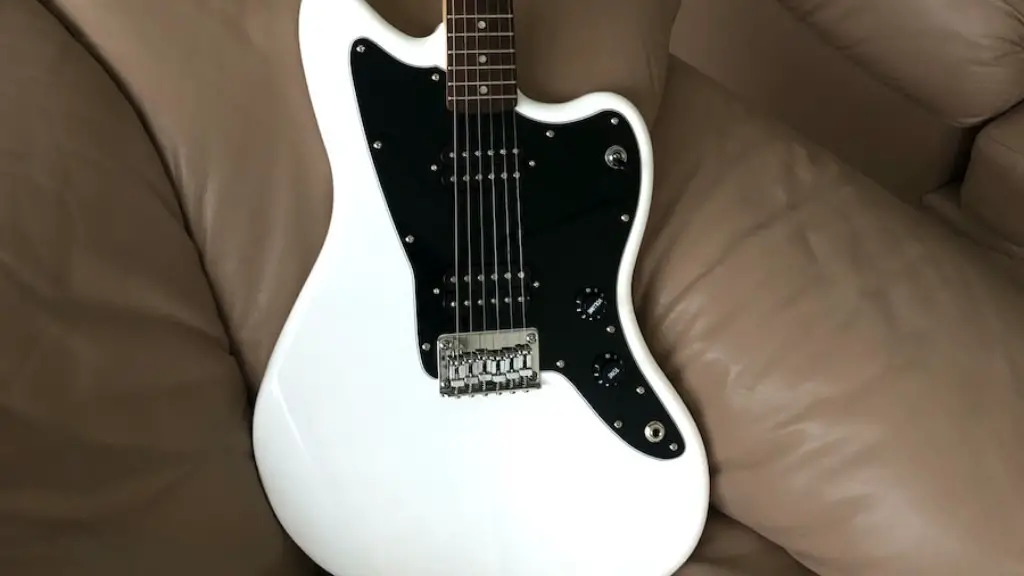Cleaning your trumpet regularly is important for its longevity and sound quality. No matter how often you play, the build-up of dirt and oils from your hands will eventually affect the instrument. While there are many cleaning kits available, they can be expensive and not always necessary. Instead, try using some common household items to chemically clean a trumpet.
There are a few different methods you can use to chemically clean a trumpet; some involve baking soda, vinegar, or salt. For each of these methods, you’ll need warm water and a soft cloth or brush to scrub the trumpet gently. Before beginning any of these cleaning methods, make sure you disassemble the trumpet and remove all parts that can be taken apart.
By following these steps and using a few simple ingredients, you can easily chemically clean your trumpet at home without having to buy expensive cleaning kits. Cleaning regularly will help keep your trumpet in great shape and sounding its best!
Gather the Necessary Tools and Materials
Chemically cleaning a trumpet requires specific tools and materials. To begin, you’ll need rubbing alcohol, a soft cloth, a cleaning brush, and a polishing cloth. Additionally, it is wise to have cotton swabs and brass polish on hand in case you need to reach hard-to-reach areas of the trumpet. Before beginning the process of chemical cleaning, make sure all of these items are ready to use.
It is also important to make sure your work area is clean, well-ventilated, and free from distractions. Once your tools and materials are gathered and your workspace is prepared, you can begin the process of chemically cleaning your trumpet. Make sure to take time to carefully clean each piece before reassembling the instrument for maximum results.
Removing the Slide and Mouthpiece
To chemically clean a trumpet, start by removing the slide and mouthpiece. Unscrew the slide from the main section of the trumpet and remove it. Then, remove the mouthpiece from the leadpipe of the instrument. Be sure to use a damp cloth to wipe off any excess moisture or dirt residue before attempting to clean with chemicals. Once removed, soak both pieces in a cleaning solution designed specifically for brass instruments. Allow it to soak for about 10 minutes before rinsing with cold water. Dry completely before reassembling your trumpet and returning it to its case.
It is important to note that you should never use abrasive materials or harsh chemicals when cleaning your trumpet as they can damage or corrode its surface. Also, make sure that all parts of your instrument are completely dry before reattaching them, as moisture left behind can cause rusting or corrosion of metallic parts.
Disassembling the Valve Assembly
Disassembling the valve assembly of a trumpet is a necessary step in performing a full chemical cleaning. Begin by unscrewing the valve casings and removing each of the individual valves. Place these pieces into separate containers and note their order to ensure proper reassembly later on.
It is important to take special care when handling valves, as they are made up of many small and delicate parts and can easily be damaged. To further clean the valves, submerge them in a warm soapy solution for between 10-15 minutes before rinsing them off with clean water. Be sure to use a soft cloth or brush to wipe away debris if necessary. Finally, dry each piece thoroughly before reassembling everything in its original order.
Reassembling the valve assembly can be tricky and it is important to take your time when doing so. Check that each valve fits snugly into its casing, as even minor misalignments can cause air leaks and affect sound quality. Once everything is properly in place, screw the valve casings back on securely and test out your trumpet!
Soaking Components in Cleaning Solution
Cleaning a trumpet requires a few simple steps in order to ensure it is properly sanitized and safe to use. One of the most important steps is to soak the components of the trumpet in cleaning solution. To do this, disassemble the trumpet and submerge all of its components, including the mouthpiece, valves, slides and other hardware, into a bowl or container filled with warm water and cleaning solution. Let all the parts soak for at least 15 minutes to remove any dirt or debris. After soaking, rinse all the components with clean water and dry them with a soft cloth before reassembling.
It is important to use a specifically designed cleaning solution for brass instruments when soaking components. Be sure to follow manufacturer instructions closely when using any cleaning solution. Additionally, avoid using harsh chemicals such as bleach as these can damage or corrode metal surfaces.
Rinsing Components with Water
Cleaning a trumpet is essential for maintaining the quality of its sound. To ensure the trumpet is free of oils, dirt, and other pollutants, it is important to chemically clean the instrument. The process requires rinsing the components with water. Start by removing all parts such as mouthpiece, valves, and slides. Then thoroughly rinse these parts with lukewarm water. Use a soft cloth or brush dipped in warm soapy water to scrub away dirt and grime. Make sure to dry each part individually after rinsing. When finished, reassemble the components in their correct order and location. For optimal cleaning results, it is recommended to use specialized cleaning products such as oils and lubricants for the valves and slides.
Drying All Components Thoroughly
Chemical cleaning a trumpet is an important step in maintaining a good sound and prolonging the life of the instrument. Before chemically cleaning a trumpet, it is important to first make sure all components are completely dry. To achieve this, use absorbent cloths or tissue paper to wipe down the exterior of the trumpet and remove any moisture. Additionally, use cotton swabs to carefully dry the inside of the trumpet, paying special attention to hard-to-reach areas like valves and slides. Be sure to replace any components that become too worn or damaged during this process.
After all components are completely dried, they can be reassembled and you can proceed with chemical cleaning. Be sure to read all instructions carefully before using any chemicals and follow safety protocols during this process.
Final Words
In conclusion, chemical cleaning is a safe and effective way to maintain your trumpet. It’s important to use the right materials and follow the cleaning instructions provided by the manufacturer. Chemical cleaning can help preserve your instrument as well as restore it to its original sound. Make sure to use a soft cloth to dry the trumpet after chemical cleaning, and then store it in a dry, dust-free environment. Always use caution when using chemicals and take all necessary safety precautions. With proper care, your trumpet will continue to provide you with beautiful music for years to come!




